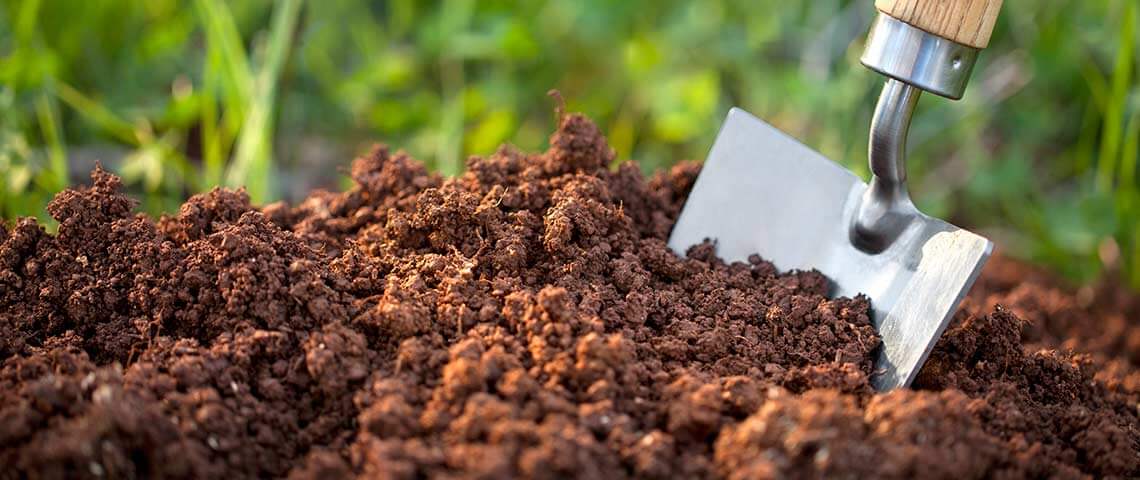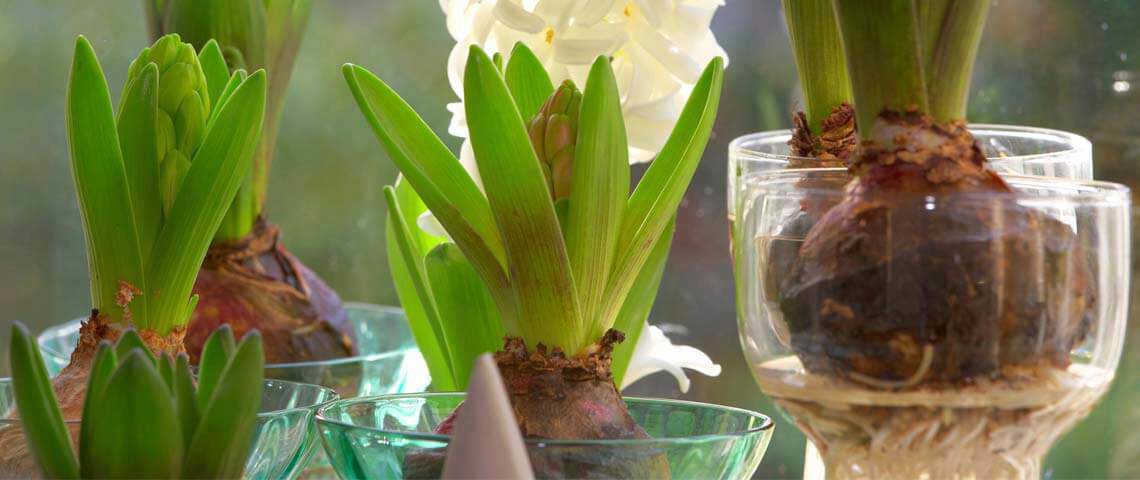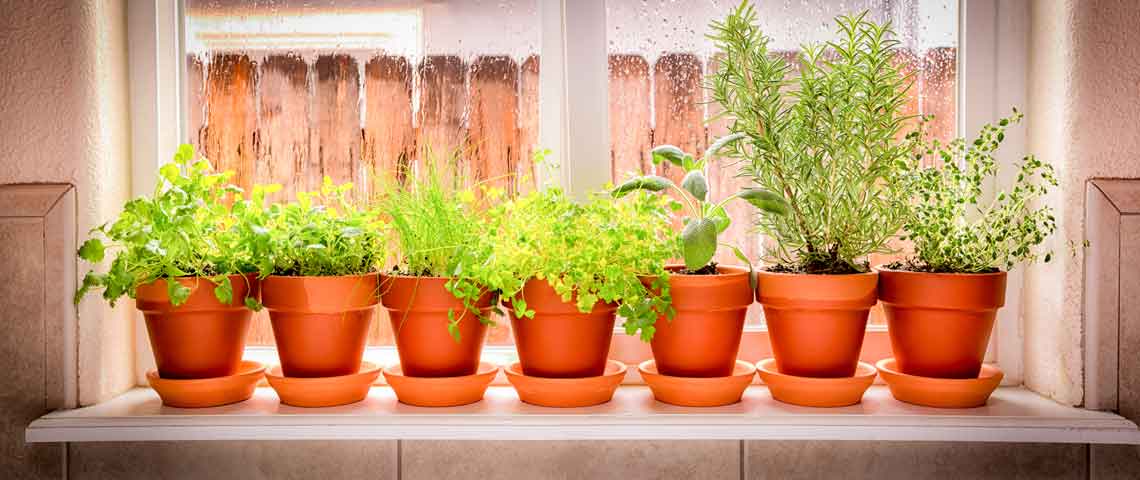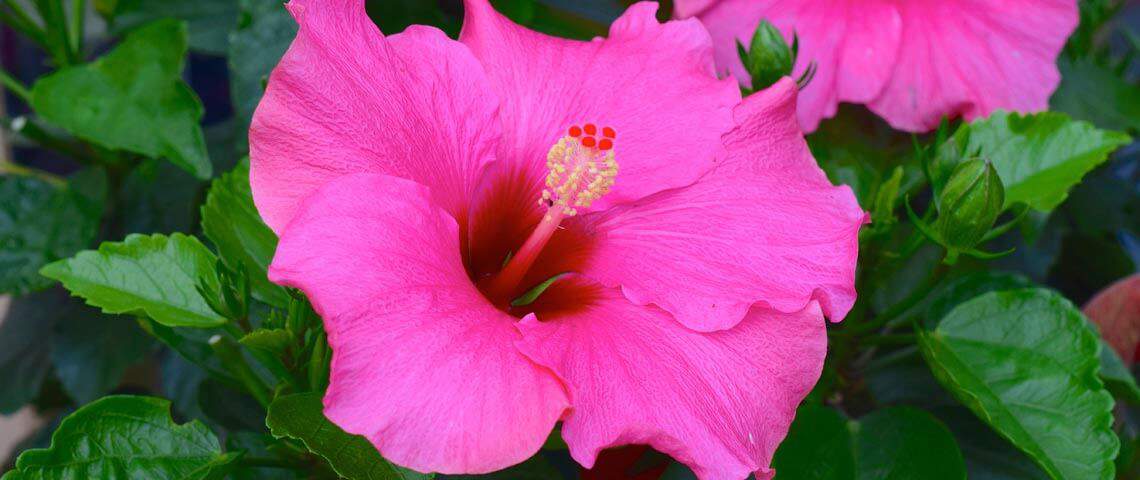All You Need to Know About Fish Fertilizer
Centuries before scientific soil research began, Native Americans understood the value of fish as fertilizer. While preparing the ground to plant corn, indigenous people placed a small fish in the soil. They mounded fresh dirt on the buried fish and planted a corn seed.1 Throughout the growing season, the fish slowly decomposed, feeding the crop until harvest.
Native Americans were correct about the nutrients in fish, but thankfully you no longer have to catch your own for each seed you plant. As you ponder the fertilization options available for your garden, consider the unique features and benefits of fish fertilizer.
How is Fish Fertilizer Made?
Fish fertilizer is made from whole fish and carcass products, including bones, scales and skin. Rather than let unusable fish products go to waste, these items are converted into nutrients for the garden. Different types of fish, such as menhaden and anchovies, are ground into a slurry. This product is then processed to remove oils and fish meal, which are used for other industries. The liquid that remains after processing is fish emulsion. After straining out solids, sulfuric acid is added to lower the pH, preventing microbes from growing. The fish fertilizer is then stable to package and ship for use in the garden.
What are the Benefits of Fish Fertilizer?
Some quick release synthetic fertilizers offer immediate nutrients in the garden because they are processed to be readily available for plants to absorb. All-natural fish fertilizers are processed differently in the soil, because they contain nutrients that must first be digested by organisms, such as bacteria, earthworms and fungi, before they are available for plant roots to use.2 All of this microbial activity enhances the strength and vigor of plants by increasing the amount of organic matter in the soil. Fungi and bacteria break down nutrients to make them available to plant roots, and then loosen the dirt as they travel, reproduce, process nutrients and decay, leaving soil aerated with improved levels of organic matter. Plant roots grow faster and stronger in this light, airy soil that is teeming with life.2
As fish fertilizer improves soil health, it also increases soil fertility by providing the primary nutrients necessary for plants to thrive. Fish fertilizers offer a source of burn-free nitrogen, along with the other primary nutrients of phosphorus and potassium. Unlike synthetic options, they may also provide secondary nutrients, such as calcium, which is found in Alaska dry fertilizers.3 Plants that receive a balance of primary and secondary nutrients experience strong and steady plant growth, leading to vigorous plants that can better withstand disease and pest issues. 4
How do You Use Fish Fertilizers?
With a variety of options available, there is a fish fertilizer for your specific needs. Alaska Fish Fertilizer 5-1-1 is listed, so it can be used in outdoor organic gardens. For indoor and outdoor plants, Alaska dry fertilizers are low-odor, dust-free options.
Liquid Fertilizer
To use Alaska Fish Fertilizer 5-1-1 on outdoor annuals, bedding plants, vegetables and herbs, shake well, and then mix 2 tablespoons of fertilizer with 1 gallon of water. One gallon will cover 25 square feet of soil. For berries, perennials, roses and vining plants, mix 3 tablespoons of fertilizer with 1 gallon of water for every 25 square feet of soil.
Add Alaska Morbloom Fertilizer 0-10-10 to promote vigorous root growth on flowering plants. Mix 1 tablespoon per gallon of water for every 25 square feet of annuals, bedding plants, vegetables and herbs. For perennials, bulbs, roses, shrubs and vines, mix 2 tablespoons with one gallon of water for every 25 square feet of soil.
Regardless of your choice of liquid fertilizer, apply every 3 weeks during the growing season.
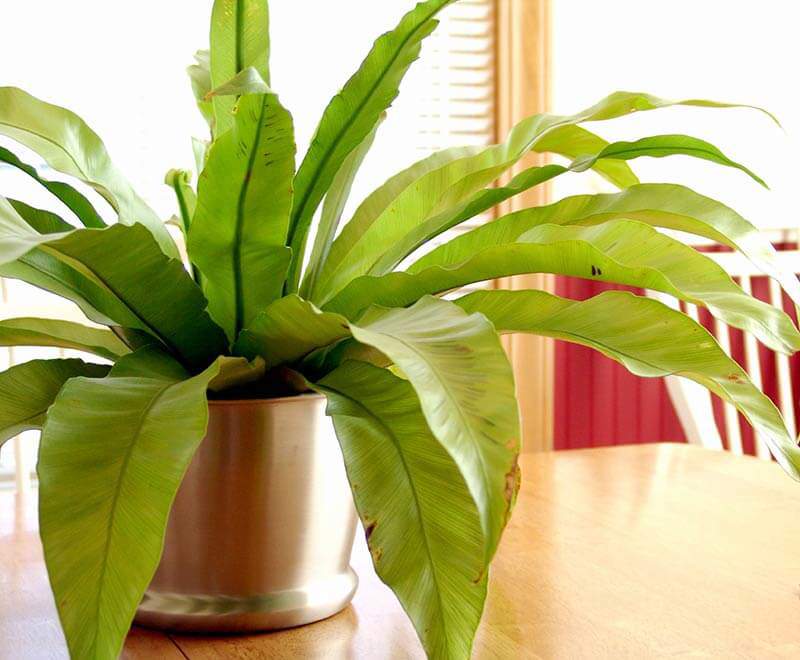
Dry Fertilizer
If you prefer dry fertilizers, Pennington Rejuvenate Plant Food All-Purpose 4-4-4 provides a good alternative to liquid fish-based formulations. This blend of organic and natural ingredients combines earthworm castings, beneficial microorganisms such as microbes and mycorrhizae, and humic acids to improve the soil environment and nourish plants from the inside out.

Conclusion
All plants need fertile, biologically-active soil to thrive. Fish fertilizer offers the immediate benefit of plant food with the long-lasting effect of increased microbial activity in the soil. As you prepare your growing space for the next season, consider adding fish fertilizer to your planting and maintenance schedule.
Alaska is a registered trademark of Central Garden & Pet Company.
Sources:
1. "Growing Food," Plymouth Plantation
2. Catherine Moravec, David Whiting, Adrian Card, Carl Wilson, Jean Reeder, "The Living Soil," Colorado State University, October 2015
3. David Whiting, Adrian Card, Carl Wilson, Jean Reeder, "Plant Nutrition," Colorado State University Extension, January 2016
4. Geoff Zehnder, "Managing the Soil to Reduce Insect Pests," Extension, August 2015

